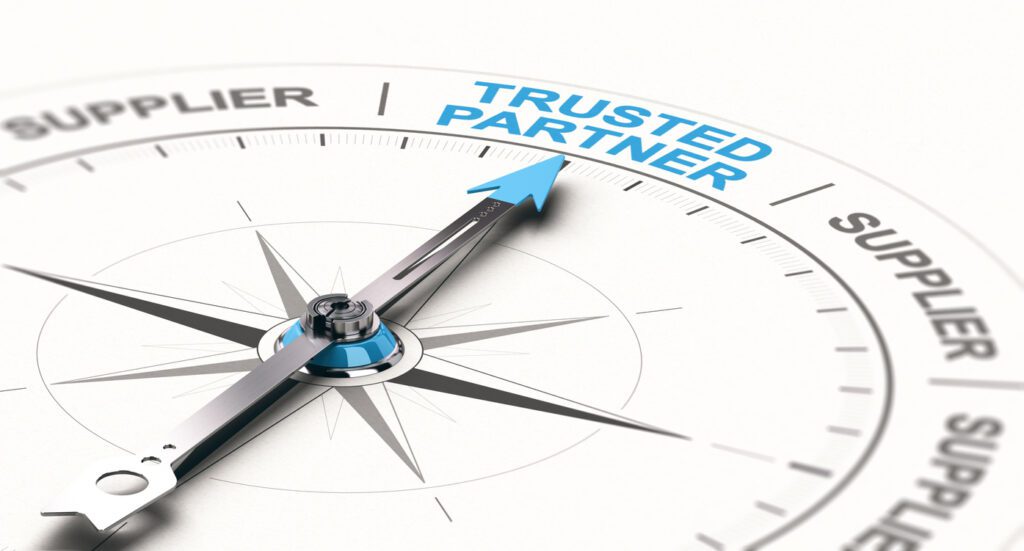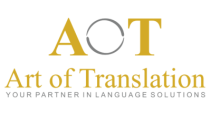Snapshot of the industry & perspectives
Companies strive to thrive internationally and to make their services and products available through the Internet. Consumer demand is in constant evolution, with wider access to anything they want.
The world is becoming more and more interconnected with technologies. Emerging countries and growing immigration are influencing language needs. When, at the same time, local markets are setting the rules for international companies.
Today, more than ever, all the factors are reunited to increase the demand for translation services. It’s becoming a major industry. And it’s impacting all areas of our lives.
Let’s dive into the actual state of this industry to understand better the perspectives it’s opening for your business.

Snapshot of the Translation Industry
To talk about the translation industry, we shall first look at a quick overview of the languages in the world. It helps to understand the unlimited number of language pairs that may require a translation service one day.
General Language Statistics
- As per ethnologue.com, 7,151 languages are spoken today in the world. 40 % of them may disappear, and just 23 account for more than half the world’s population.
- English is the first language spoken in the world. However, Mandarin Chinese counts the highest number of native speakers.
- Asia counts the most indigenous languages, closely followed by Africa.
- The most widely used language on the Internet is English. After, it is Chinese and Spanish (third position).
General Translation Statistics
- According to Statista, the global language market was valued at USD 23.5 billion in 2009 and rose to USD 56.18 billion in 2021.
- Europe owns the largest share of the language market at 49%, followed by North America at 39.41%.
- The market size of translation services in the US is valued at USD 9.09 billion in June 2022.
- The translation industry follows the trends of the global economy. For example, the demand for healthcare translations increased by 49% during the pandemic. But, the automobile industry experienced a decline.
- The industry was counting about 640,000 translators in the world in 2020. As per the US Bureau of Labor Statistics, there were around 69,400 translators in the US in 2021. A growth of 20% is projected between 2021-2031 (the average growth rate of other occupations is 5%).

Perspectives for your Business
The next step in a company’s growth is often to break into a new market. Let’s take a US company that wants to sell their offer in Mexico or Canada. Or outsource their production to China. The help of expert translators will be crucial to the success of their strategy.
Plus, the pandemic accelerated the shift to online business and work. We all had to define new approaches. But as consumers moved online too, it created and still creates new opportunities.
General Business Statistics
- See below a chart from CAS Research showing a change in localization demand by sector. It gives good insights into which industries use translation and localization services. As expected with the pandemic, some sectors like travel and leisure saw a drop in their demand while some emerged, such as utilities, healthcare, mining, forestry, consumer goods, and so on.
- According to the survey done by CSA Research on Fortune 500 companies, organizations that invest in translations are 1.5 times more likely to see an increase in revenue.
- Global retail eCommerce sales will reach USD 4.5 trillion by 2021 as per HubSpot Marketing Statistics.
- As stated in Textappeal’s blog post, the 5 best languages to target for your marketing are Spanish, English, Chinese, Arabic and French.
- As per Welocalize, 86% of the localized campaigns outperformed the English campaign in conversion and click-through rates.

General Consumers Statistics
- Over 50% of queries in Google are not made in English.
- Nearly 46% of all Google searches are seeking local information.
- According to a study called “Can’t read, won’t buy” from CSA Research, 40% of global consumers won’t buy from a website that is not in their native language, while 65% prefer to have content in their language.
- From the same study, 75% of consumers will consider buying from the same company if the after sales services are in their native language.
- As per a survey done by CSA research of 8,709 consumers in 29 countries, 76% prefer buying products with information in their language.
- The US, China, Japan, and Germany are the top countries with the highest online sales potential.
- According to T-index, if you’re translating your business materials into English, Spanish and Simplified Chinese, you can reach more than 50% of the online purchasing power in the world.
And for your Business?
Based on the above data, it’s clear that the world is changing. And, translation services are becoming more than ever a component of any regional and international growth strategy.
We compiled a few perspectives and ideas on where translation can support your expansion.
Perspectives
- Product sheets and manuals: Data show that consumers prefer to have information related to services or products in their language. Let’s start with the basics: get your product/offer materials translated into the language of the targeted market.
- Business and legal documentation: Yes, any agreements, terms and conditions and other insurance/technical/patent are information that the consumer will want to have in their languages. Get an expert in legal and business translation to use the appropriate local terms. You’ll avoid any costly misunderstandings with your clients.
- Market your offer: Localized campaigns have a better ROI. Once you’re launching your offer in a new market, get your marketing assets translated to reach your new audience. You’ll set the bases for new relationships, too. Plus, we saw that consumers search locally. They want a customized experience. So, become more local than local with localization and transcreation services.
- After services and support: Consumers are more likely to buy from a company that provides support in their language. Most materials include FAQs, chat, and video tutorials to help consumers. You may not be able to offer live customer services for all the languages you’re serving. However, you can provide them with interactive and video support. Subtitling and video translation services are the perfect solution for you.
- Content translation: Your company had a successful launch. Now it’s time to maintain the engagement of your audience. Translating podcasts, blogs and social media will play a key role to keep the momentum going. Don’t forget your newsletters and other technical notices.
- Local implantation: Your strategy worked well. And now, you’re looking at hiring locally. Or outsourcing some of your operations. E-learning is then your most efficient and cost-effective way to train our future collaborators. Check the languages offered by online training providers before hiring them to train your colleagues.
Note that all these perspectives are valid for B2B companies too. After all, you have humans behind companies. Who are also consumers.
If you can provide them with a contract, a quote, or a standard operating manual in their native language, you will increase your chances of winning the deal above your competition.

AOT can help your business to grow
We hope this article gave you great insights. And new ideas on how to grow your business with translation services.
AOT is at your service for your translation and language services needs. We’ll find expert translators for your content, and we’ll help you find the perfect language solution for your strategy.
We’re committing to your success. Our goal is to create a business relationship with you and to become your #1 partner in language solutions. Contact us to learn more.
References
https://fit-ift.org/22/international-translation-day-poster-2022/
https://www.un.org/en/observances/international-translation-day
https://www.tomedes.com/translator-hub/translation-industry-trends-2022
https://www.mylanguageconnection.com/translation-industry-trends-and-statistics/
https://blog.hubspot.com/marketing/local-seo-stats
https://insights.csa-research.com/reportaction/305013126/Marketing
https://welocalize.medium.com/localization-and-multilingual-email-marketing-f55a96f2e763
https://www.statista.com/statistics/257656/size-of-the-global-language-services-market/
